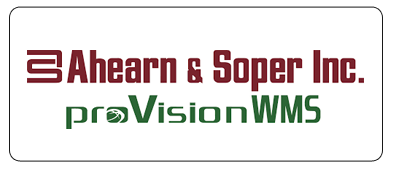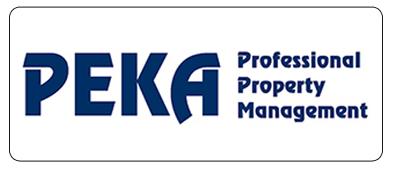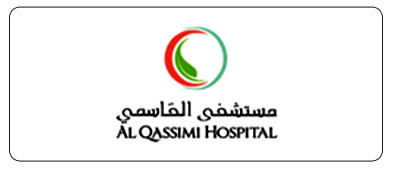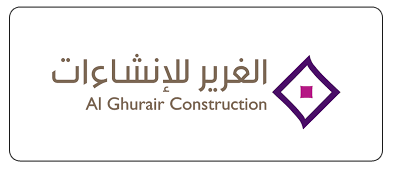
It is not the gushing flow of water, but the trickling leakage which is often missed out as not so significant is something that is detrimental in alarming proportions to the buildings. The chilling facts of the colossal damage, that these small little trickles can do to the management of the buildings, are running high with critical reasons of concern.
The safety aspects of the building itself come into the reckoning as a top priority; but more importantly, the aspect of conservation of water, in terms of reducing wastage of gallons and the monetary value spent on maintenance rising to mammoth figures are no pushovers by any consideration.
Yes! the need to wake up to the reality of smart solutions on the wireless protocol, based on the IoT applications for managing water leakage is a ‘now or never’ smart move for the facility managers, building architects, structural designers, and plumbing contractors. Building Management Systems (BMS) to have sensors that can detect leakage of water and monitor the flow are now embedded into the master plan on a preventive approach, rather than wait for major consequences to happen, which they would eventually do, on a catastrophic scale.
An avoidable calamity: The wireless system to manage and monitor water leakage is certainly a very positive and professional approach to mitigating an avoidable calamity. The sensors that are fitted to the pipeline can monitor the water usage and notice abnormal functioning and shut off the valve from a remote destination, much before the leakage gets out of control. Real-time monitoring can ensure effective and optimum usage of water and also provide enabling measures to eliminate risks associated with wastage in terms of moisture accumulation and bursts of water pipes.
Smart Regulation: The IoT protocol based with appropriate apps can actually be a significant resource to manage data on usage of water with forecasting, thereby ensuring that a regulatory mechanism is in place. Data of water flow over single and multiple points/ water storage tanks; upstream and downstream pressure along with temperature notifications are valuable functional operations that the wireless smart sensor-based technology offers with high precision.
Technological Maintenance: The entire solution of the smart water leakage system is much easier, and more effective due to the advantage that the technology offers for real-time decisions, that can be made with the help of technology. The labour-intensive manual course correction when something like a water leak happens is cumbersome, time-consuming, and requires the deployment of considerable personnel with necessary costing. All these become redundant in the modern era of IoT applications, which has the backend of cloud data management in which quick real-time data and the cross-checking of the vulnerability of the installations can be mapped much in advance with changing needs.
Protection leverage: Automated water management system (AMS) adopted through wireless smart sensors, is practically a tracking mechanism that empowers hands – on control with protective leverage for the concept of smart buildings. Handling water leakage-related maintenance can actually amount to a nightmarish experience of chasing something that is invisible to the common eye at times, due to the smallest factor of size.

















